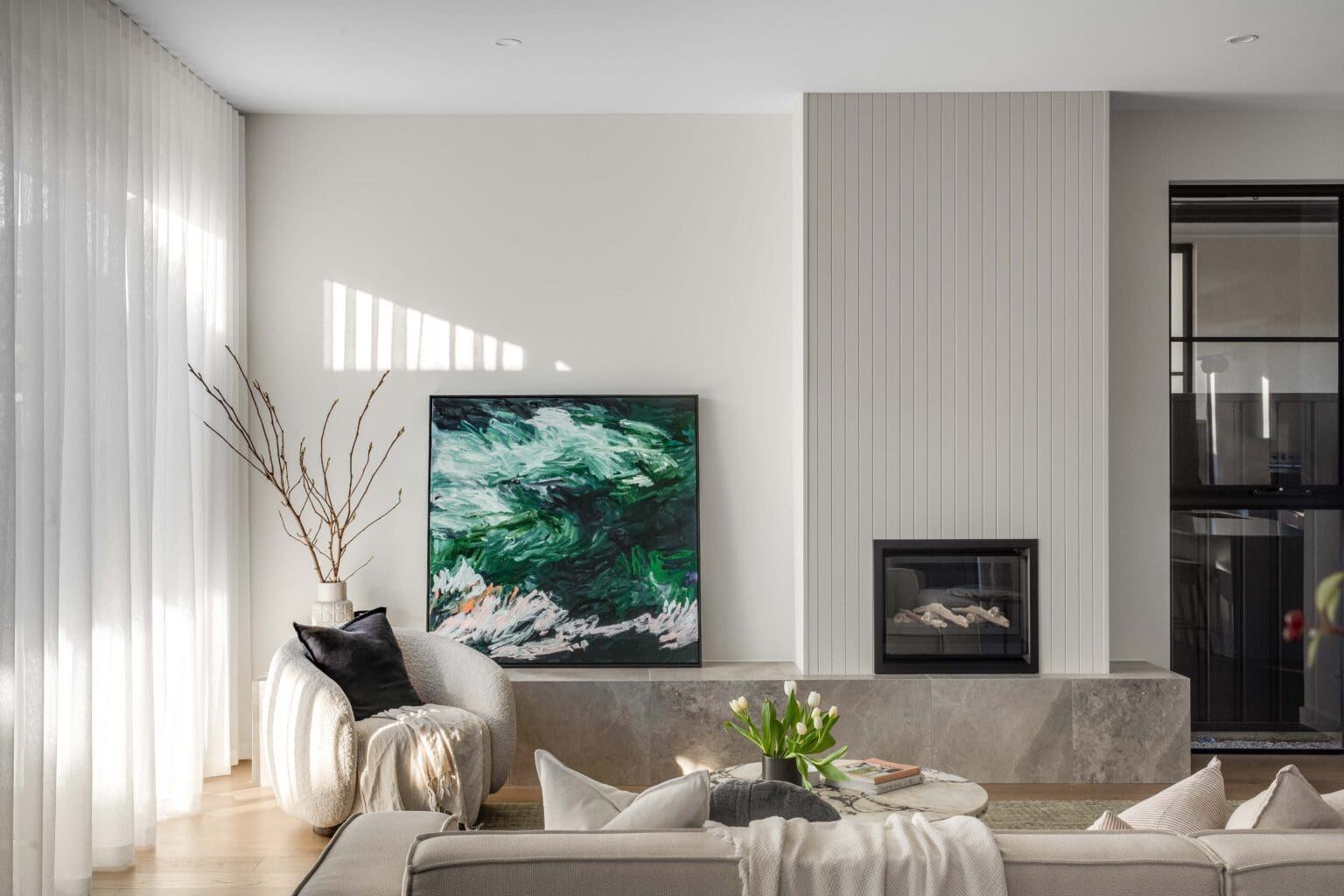Renovate or Rebuild?
What You Need to Know Before You Decide
Whether your home is dated, dysfunctional or simply no longer reflects your lifestyle, deciding between a renovation and a complete rebuild is a significant crossroad. Both paths offer possibilities; and both come with limitations.
At Regent Homes, we’ve helped hundreds of South Australians explore their options with clarity and confidence. While a new build often offers greater transparency and long-term value, there are scenarios where renovation may be your only path, or the right one for your goals.
Here’s a clear-eyed look at the key considerations to help you make an informed decision.
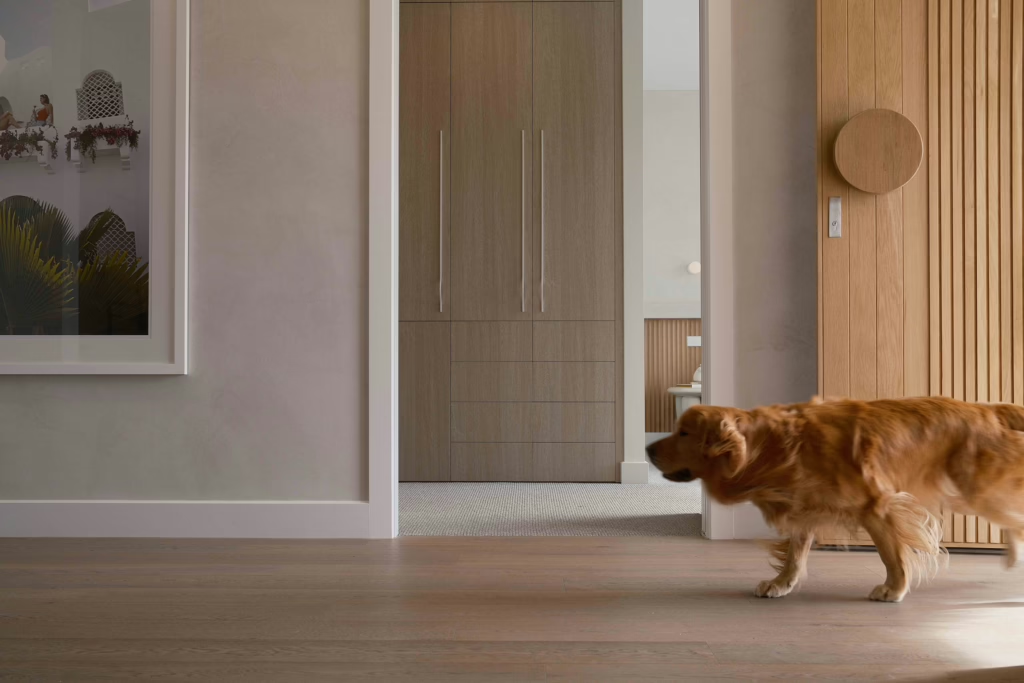
1. What Are You Working With?
Zoning, Overlays & Planning Restrictions
Before you fall in love with the idea of a sleek new custom home, it’s important to understand the zoning and planning controls for your area. These can impact your ability to knock down and rebuild.
Heritage-Listed Homes:
If your home is heritage-listed, demolition is usually off the table unless the building is deemed structurally unsalvageable. Renovation is often the only permitted pathway.Character or Historic Overlay Zones:
Even if your home isn’t individually heritage listed, it may fall under a character or streetscape overlay that requires preservation of key architectural features. In some cases, facades must remain intact, while extensions and additions occur behind.Demolition Control Areas:
Certain council areas (like Unley, Prospect, Norwood Payneham & St Peters) have stringent requirements around demolition. A professional planning assessment will help determine if a knockdown is viable.
→ Tip: Always engage your council early and seek professional guidance before planning a knockdown.
2. What Do You Want to Preserve—History or Potential?
For many families, the choice to renovate stems from a desire to retain character, craftsmanship or family heritage. High ceilings, ornate details, old fireplaces and hearths; these details can be hard to replicate and are often deeply sentimental.
However, preserving the past can come at a cost, financially, functionally and sometimes even impact the health of a home. (think lead paint, asbestos, mold, water damage or countless other considerations)
Renovations require compromise.
You’ll be working within the constraints of the existing structure, which may not lend itself to open plan living, modern energy performance, or accessibility. Plus, the layout, orientation and construction methods may not suit a 21st-century lifestyle.
Ask yourself:
Are you preserving something you love?
Or limiting what you can achieve?
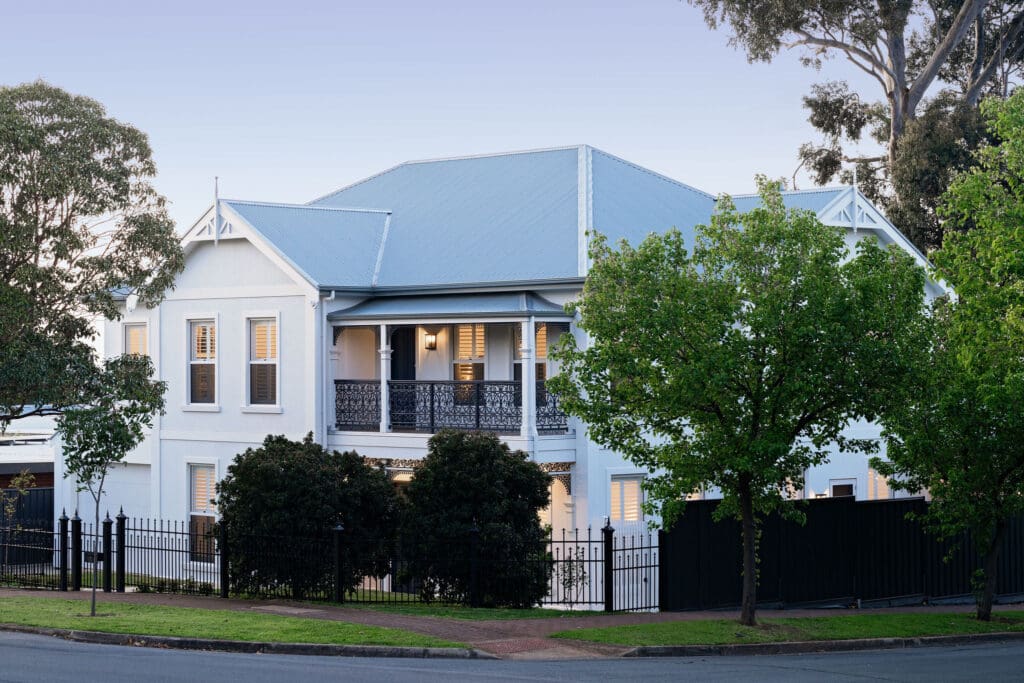
3. The Cost of the Unknown: Budgeting for Renovations
Renovations often begin with a budget in mind – and exceed it.
Why? Because until you open up walls, dig under floors, or start removing linings, you don’t know what lies beneath. Common issues include:
Common (and expensive) surprises during renovations include:
Outdated wiring and plumbing
Older homes may have electrical systems that no longer comply with Australian standards or pipework that is corroded, leaking, or incompatible with modern appliances.Structural damage or movement
Uneven floors, wall cracks, or sagging ceilings can point to more serious issues, like compromised footings or roof framing – which require costly remediation.Asbestos or hazardous materials
Homes built before the late 1980s often contain asbestos in walls, ceilings, or eaves. Safe removal and replacement must be carried out by licensed professionals, adding time and significant cost.Rising damp, mould or termite damage
Moisture ingress and pest activity are often invisible until walls or floors are removed, and treatment can require extensive rebuilding or chemical barrier systems.Non-compliant building works
Past renovations done without permits or by unlicensed trades may need to be demolished or brought up to code before you can proceed with further work.Inadequate insulation and thermal performance
Many older homes lack proper insulation, ventilation or double glazing, leading to higher heating/cooling costs. Retrofitting energy efficiency can be difficult and invasive.Inefficient layout or poor orientation
Trying to ‘make do’ with an existing floor plan often leads to design compromises and awkward transitions – especially when trying to open up rooms, create flow, or capture natural light.Hidden water damage or rot
Even small roof leaks can lead to extensive internal water damage or rot in subfloor timbers, which may not be discovered until demolition begins.Increased engineering and certification costs
Modifying load-bearing walls or extending older homes may require custom engineering and council documentation, often far more complex than starting fresh.
By contrast, a new build offers more price clarity.
At Regent Homes, you know exactly what you’re paying for and what’s included, from the slab to the ceilings.
4. Design Freedom vs Design Constraints
Renovating allows for retention. Rebuilding allows for reinvention.
If your goal is to create a home that reflects your life today with seamless indoor-outdoor flow, energy efficiency, dedicated working zones, children’s retreats, or multigenerational living – renovating may fall short (depending on what you’re starting with).
Structural walls, outdated floorplans, ceiling heights, and site limitations can all restrict what’s possible in a renovation. On the other hand, a knockdown rebuild lets you design with intention -making the most of natural light, views, orientation, and your block’s unique potential.
Opting for a renovation will allow you to keep key elements of your home you love. Is it just a facelift you’re after? Or is it a change in lifestyle?
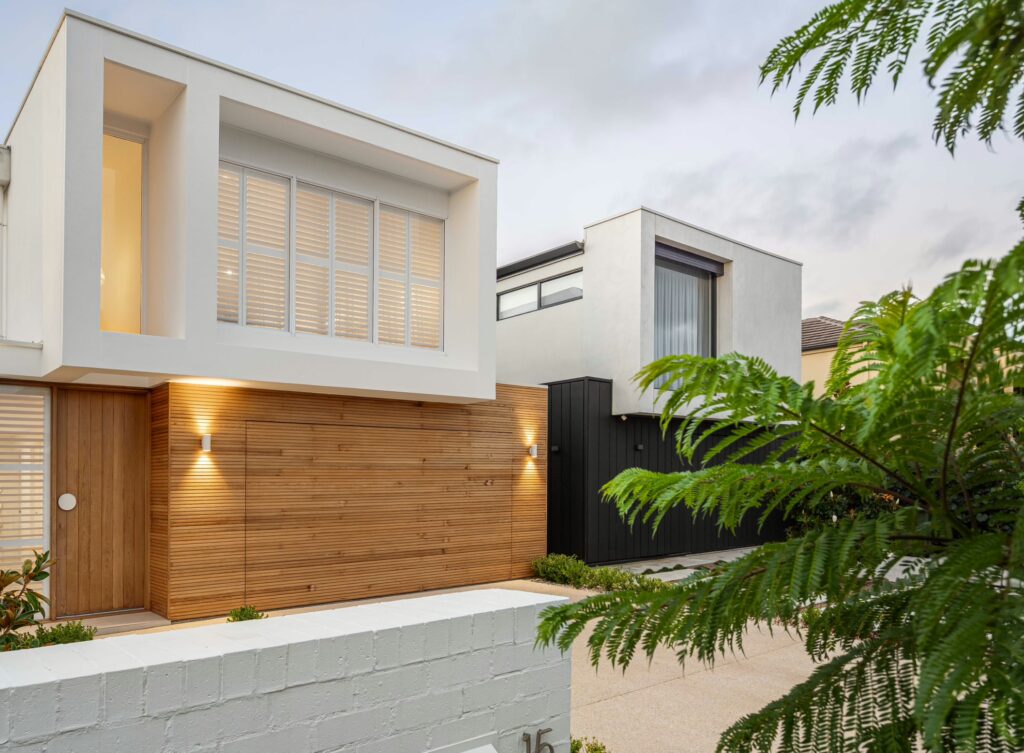
5. Approvals, Timelines & Liveability
Renovations can be unpredictable, not just in cost, but in how long they take. What starts as a three-month plan can quickly turn into six, especially when heritage overlays, structural complexities, or unforeseen site conditions come into play.
And while it might seem practical (or budget-friendly) to stay in your home during the process, the reality can be far more challenging than expected. You’re living in a construction zone; dodging dust, navigating noise, sharing space with trades, and making do with temporary kitchens or bathrooms. Work zones shift daily, and what felt manageable in Week One can start to wear thin by Month Three.
Ask anyone who’s lived through it: the days feel longer, the stress builds, and routines get thrown into chaos.
By comparison, many families who choose to knock down and rebuild decide to rent elsewhere during construction. While this does involve an upfront cost, it offers stability, comfort, and much-needed breathing room. No jackhammers at 7am. No showers in the laundry sink. Just a calm space to live your life, while your new custom home takes shape exactly the way you imagined.
6. Resale Value & Long-Term Investment
While renovating can improve a home’s appeal, its value is still linked to the age and integrity of the underlying structure. A beautifully renovated home may still carry the limitations, and perception, of its original build era.
With a new build, everything is designed to current standards, compliance codes and buyer expectations. A well-designed custom home can significantly enhance your property’s resale value, especially in premium South Australian suburbs where land is scarce and quality new homes are in demand.
A comparison to consider, is how much would it actually cost to renovate your existing home to an equivalent standard that a new build could achieve? (Think about the ‘boring’ things here too, like rainwater tanks/water consumption, water quality, energy efficiency, solar panels, orientation, and passive airflow)
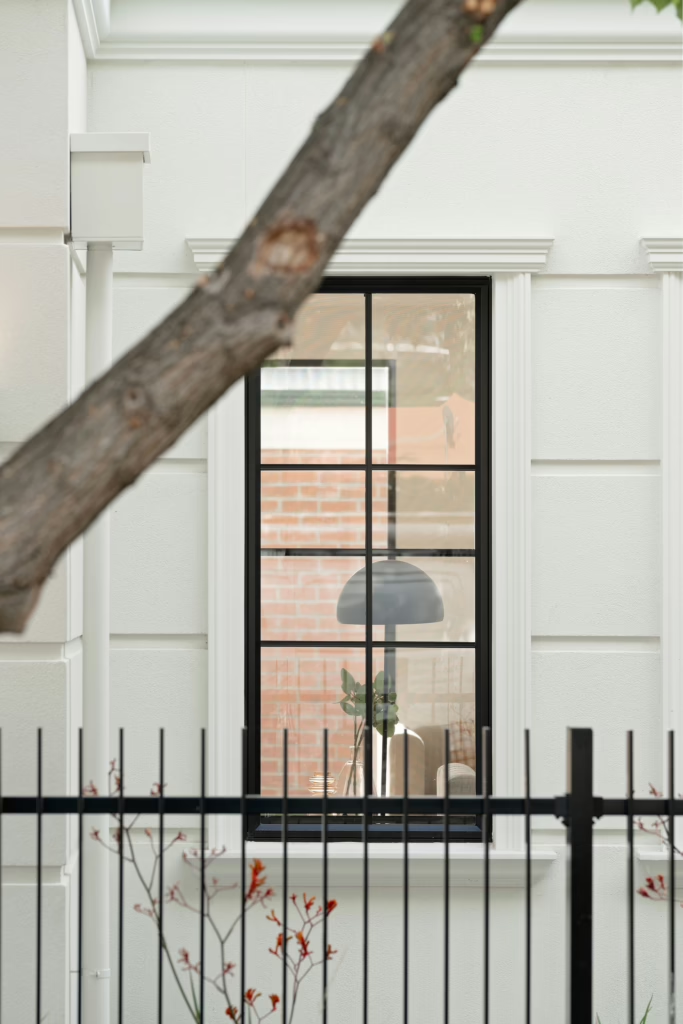
7. Designing for Livability, Now and Into the Future
As families grow and circumstances evolve, so too do the requirements we place on our homes. Whether you’re planning for ageing in place, supporting a loved one with additional needs, or simply preparing for the unexpected; a livable home offers flexibility, safety, and dignity for everyone.
Incorporating Livable Housing Design Principles means creating spaces that are easier to access, navigate and use, regardless of age or mobility. These features include:
A safe, continuous path from the street or parking to the home entrance
Wider internal doorways and hallways
A step-free entry
A toilet on the ground floor (or entry level)
Reinforced bathroom walls to allow future grab rail installation
At least one accessible shower
While some of these features can be retrofitted during a renovation, integrating them into a new build from the outset ensures seamless function and cohesive design, without compromise.
At Regent Homes, our design team can incorporate these features discreetly, without sacrificing style or sophistication. It’s about thoughtful, inclusive design that supports how you live today, and how you might live tomorrow.
→ Livable design doesn’t mean clinical, it means considered. And that’s the difference between adapting your home and truly designing it around your life.
Final Thoughts: Choose the Path That Serves Your Vision
There is no one-size-fits-all answer.
Renovations may be right for you if:
Your home holds heritage or sentimental value
Your zoning restrictions prevent demolition
You’re happy with the layout and only want minor upgrades
A new build may be the smarter choice if:
You want a fresh start with fewer limitations
You’re seeking cost transparency and lower ongoing maintenance
You want to unlock the full potential of your block and design a home around your lifestyle
At Regent Homes, we specialise in Knockdown Rebuilds across Adelaide, navigating planning requirements, demolition coordination, and bespoke design with ease.
If you’re unsure which path is right for you, let’s talk. We’re here to help you make the right decision with clarity, not pressure.
